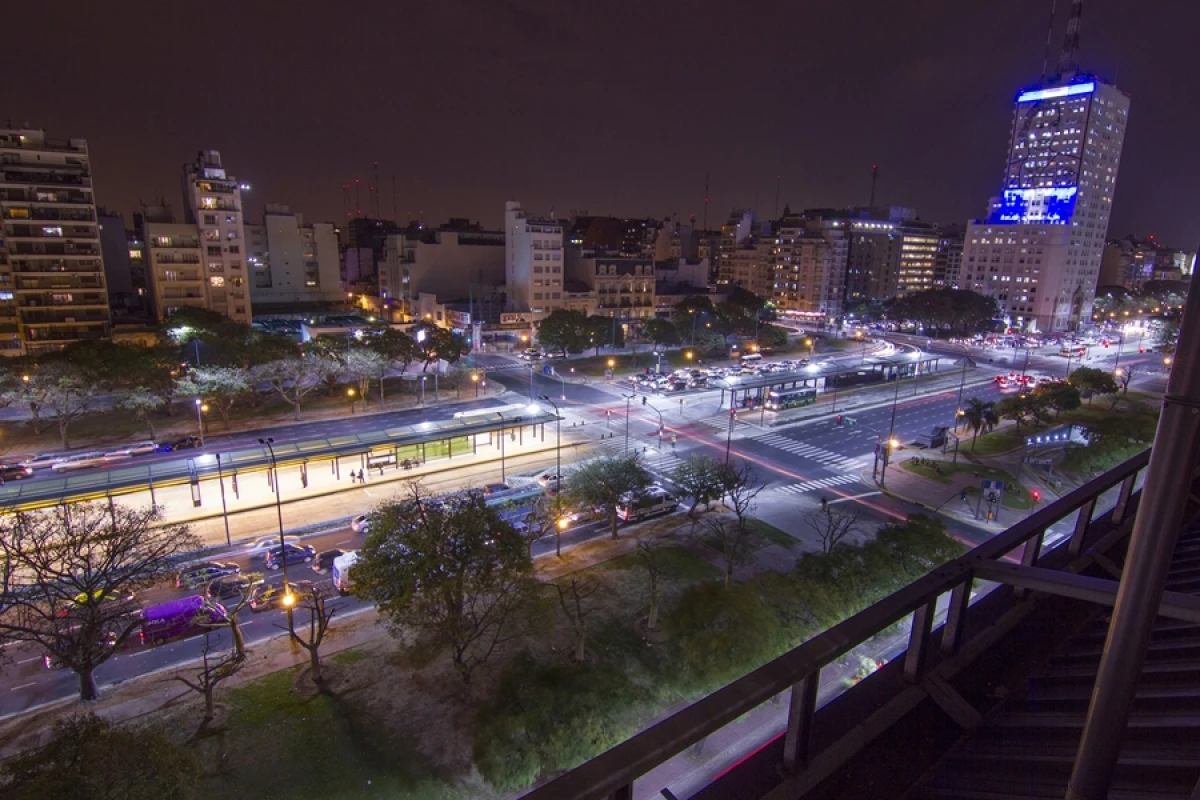LED lighting offers a host of benefits for cities, such as reduced energy usage and costs. For Buenos Aires, which is in the process of having its lighting infrastructure upgraded, one of the benefits is the increased level of control it provides. Gizmag took a look at technology being used.
It was announced towards the end of last year that Philips had been selected to replace 91,000 street lights across Buenos Aires with LED lighting. That's more than 70 percent of the city's lighting. Philips says that it is the biggest city deployment of its kind. A total of 28,000 lights have now been replaced and are already being controlled remotely.
Once deployed, the lighting infrastructure is controlled by Philips CityTouch. CityTouch is a management console that provides a level of control and usage data not possible with traditional city lighting.

"The Philips CityTouch system enables monitoring of each light point in the network on an individual basis, allowing the optimal operation of each luminaire and programming of potential replacements or future maintenance tasks," product manager Stijn Witteveen explains to Gizmag. "The system also provides the possibility to switch off or dim lighting levels, depending on specific requirements, thus dramatically reducing energy consumption."
Gizmag visited Philips at the High Tech Campus in Eindhoven and was shown the CityTouch platform by Witteveen. Lighting managers can log into CityTouch online. Witteveen demonstrated how the platform allows a city's lighting to be scheduled based by days and time, or simply adjusted manually in near-real-time.

Lighting managers are able to monitor lighting analytics, such as energy consumption and bulb life-spans. Such analytics combined with other data, such as traffic levels, can be used to inform operators about when certain sets of lights can be dimmed to save energy, for example. The system also allows city officials to monitor faults, manage lighting assets and view an both an overview of infrastructure and individual unit details.
It is estimated that the switch to LEDs will reduce lighting electricity usage in Buenos Aires by up to 50 percent. In addition, the LEDs will produce a whiter light that provides better visibility, will last five times longer and will reduce maintenance costs.
The LED lighting deployment in Buenos Aires is expected to be completed in 2016.
The video below provides an introduction to the project.
Source: Philips




